
In 1997, the researchers of Wynca Group found that the tail gas produced during the production of glyphosate contained a large amount of chloromethane, which would certainly pollute the environment and influence the development of glyphosate if not recycled. At that time, none of the domestic and foreign counterparts were aware of this problem, and even the literature on chloromethane was scarce, so no manufacturer was recycling it.
The scientific researchers of Wynca Group rose to the challenge and insisted on the spirit of "persistent pursuit and continuous innovation", and carried out quantitative and qualitative analysis of tail gas, isotope tracking, and material accounting in the production process, proposing the recycling of chloromethane can be used to produce silicone, which is the prelude to the birth of the "chlorine, silicon, phosphorus" circular economy model.
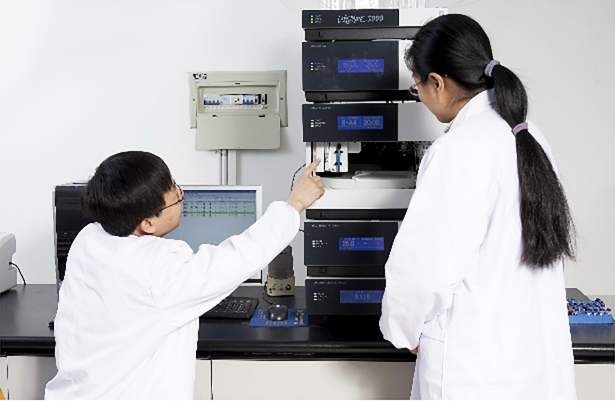

How to make the chloromethane recovered from the "waste gas" meet the use standard must be confirmed by experiment. With the support of the leaders of Wynca Group, we invested 2 million RMB to build experimental device. After repeated tests by the R&D staff, we finally made the chloromethane meet the standard for the production of organic silicon. In March 2001, we built a 10,000-ton organic silicon monomer device and made substantial progress in the utilization of chloromethane.
Although chloromethane is the basic raw material for silicone production, chlorine only plays a "linking" role, as it does not appear in the final silicone product, but is discharged as a by-product of hydrochloric acid, which is an important raw material for glyphosate production. The chlorine cycle bridges the gap between silicone and glyphosate production and cleverly solves the problems of "three waste" emission and comprehensive utilization of resources in the production system of both products. "This national patent technology has emerged from the cocoon, and has been appraised by experts organized by the provincial science and technology department as the first of its kind in the world, and won the second prize of national science and technology progress in 2002.
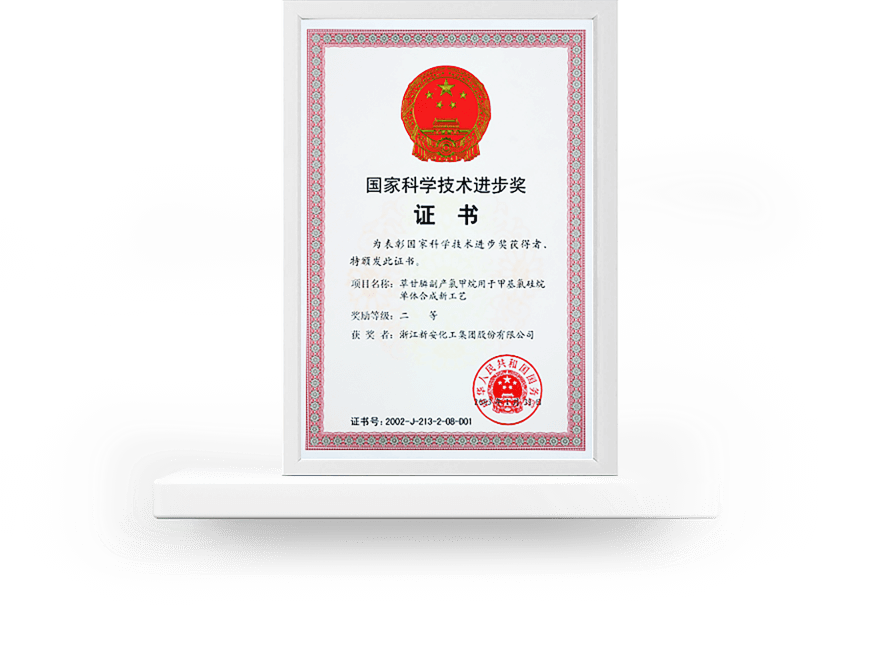
Wynca Group insists on high quality development road of green and low-carbon, driven by scientific and technological innovation, and dares to try out the green and low-carbon development mode, and continues to deepen the circular economy system of chlorine, phosphorus and silicon, giving full play to the demonstration and leading role of green transformation of local industrial economy.
 The world's first green cycle technology of chlorine, silicon and phosphorus, won the second prize of National Progress in Science and Technology Award
The world's first green cycle technology of chlorine, silicon and phosphorus, won the second prize of National Progress in Science and Technology Award 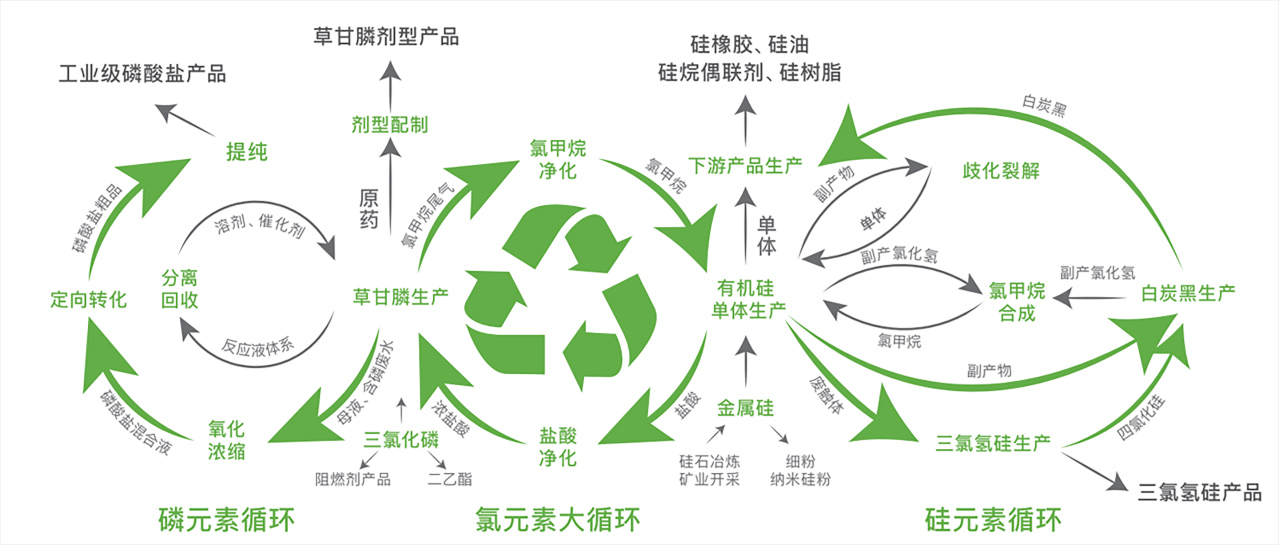

China is already a major producer of glyphosate and silicone in the world, but at the same time, it brings a lot of problems in resource utilization of waste water, waste acid and by-products, which is also one of the key issues in the battle for blue sky and clear water. After building a circular economy model for chlorine elements in 2002, Wynca Group has developed a brand new and highly efficient comprehensive utilization technology for chlorine, silicon and phosphorus after 16 years of continuous innovation, breaking through the bottleneck of many by-products in the production process of the two industries, low utilization rate of elements, large amount of waste production and difficult disposal, making the utilization rate of three elements all over 90%. In response to the world's difficult problem of treating organic phosphorus wastewater containing high concentration of salt, we created the world's first continuous catalytic oxidation - directional conversion - reverse synthesis phosphorus recovery technology, making phosphorus-containing waste stream into phosphate products and the comprehensive utilization rate of phosphorus elements increased by more than 28%. In response to the problem of high quality utilization of waste hydrochloric acid by-products in the process of organosilicon monomer production, we developed hydrogen chloride recovery and multi-stage purification technology and equipment, and reused it in the synthesis of raw material chloromethane, further increasing the comprehensive utilization rate of chlorine element by more than 20%. For the by-products and waste resourceization of organic silicon production process, we developed various by-product resourceization integrated technology, and the comprehensive utilization rate of silicon element increased by more than 11%. After the promotion and implementation of the project, the industry as a whole can save nearly one million tons of mineral resources each year, reduce high phosphorus and high salt wastewater and waste acid by nearly ten million tons, and the overall chlorine, phosphorus and silicon recycling technology has reached the international advanced level, with significant economic, ecological and social benefits. The technology won the first prize of scientific and technological progress of the China Petroleum and Chemical Industry Federation in 2018.

Wynca Group insists on the goal of "green production" and invests nearly 300 million yuan every year to continuously deepen the application of clean technology in the production and operation process, tackling the research of wastewater reduction technology, exhaust gas treatment technology and resource utilization of by-products, and continuously improving energy utilization efficiency, reducing pollution emission and promote green ecological construction.
In 2018, with the opportunity of relocation of Bai Nanshan Park, Wynca Group adopted new processes, technologies and equipment, and the comprehensive energy consumption per unit product of glyphosate raw drug decreased by 35% compared with the former Bai Nanshan, saving more than 10,000 tons of standard coal annually. Through technological innovation + management improvement, accelerating energy-saving and low-carbon transformation, carrying out energy-saving and precise control, vigorously promoting clean production and green park construction, forming a synergistic effect of pollution reduction and carbon reduction, the Group's comprehensive energy consumption per 10,000 yuan of output value in 2021 was 0.249 tons of standard coal, down 36.6% year-on-year. 0.287 tons of standard coal per 10,000 yuan of added value from January to April 2022, compared with 0.625 tons of standard coal per 10,000 Yuan in 2018, a decrease of 54%. In the past five years, under the premise of increasing the production capacity of the Group's main installations by 321,900 tons of products, the total comprehensive energy consumption of products has been reduced by 335,000 tons of CO2 emissions, 100% of VOCs have met the standard emissions, 1,798,800 tons of wastewater and 10,523 tons of sludge have been reduced, contributing to Wynca;s strength in winning the three major defenses of blue sky, clear water and clean soil, and successively winning the "Green Enterprise and Green Product in China Petrochemical Industry", "Water Saving Benchmark Unit in Zhejiang Province", "Green Low Carbon Factory in Hangzhou" and many other environmental honors.
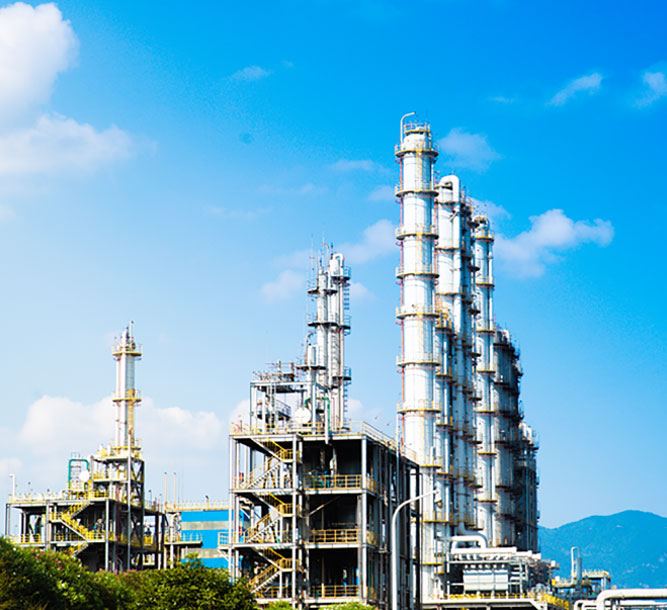
Wynca Group actively responded to the national deployment of green transformation on carbon peak in 2030 and carbon neutral in 2060, grasped the opportunity to set up the relevant leadership group and working group at the first time, and launched its own double carbon path and action plan project in December 2021 with the Energy Assessment Center of Zhejiang University to carry out research on double carbon policies, trends and benchmarking. On the basis of mapping the carbon emission situation, we clarified the peak target, roadmap and carbon reduction and reduction measures, put the responsibility of peak target into practice, anchored the 2025 phased carbon target set by the Group, incorporated carbon emission reduction into the whole process of operation and development, and scientifically and reasonably laid out production.
In April 2022, the first batch of seven key energy-saving projects were implemented, accelerating the construction of a green, low-carbon cycle production system and a clean, safe and efficient energy utilization system, and comprehensively promoting the low-carbon transformation of the Group's product structure, energy structure and processes. At the same time, Wynca seized the major opportunity of energy revolution under the"double carbon" target, grasping the spindle of science and technology and capital engine, extending the two industrial bases and advantages of "phosphorus-based materials and silicon-based materials", rapidly entering the field of "new energy materials" based on independent research and development and external cooperation, and actively building a total solution ecosystem with new energy as the main application scenario, moving from "two-wheel drive" to "three-legged" new development. The new development pattern.
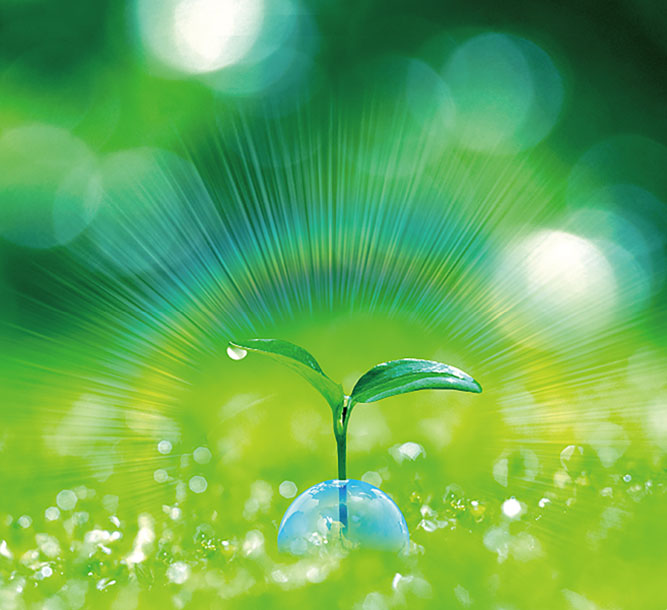

 Create a better life with environmental-friendly chemistry
Create a better life with environmental-friendly chemistryIn the future, Wynca will insist on digital transformation, focus on the four areas of technology,capital,talents and management innovation, continuing to promote the transformation and high-quality development, striving to become an outstanding, "global leading, technology innovation, green ecological“ enterprises of the times. We will build a win-win development platform of co-creation and sharing, continuously creating value for customers, employees, shareholders and society, and promoting common prosperity.



